The ‘Curveball’ saga
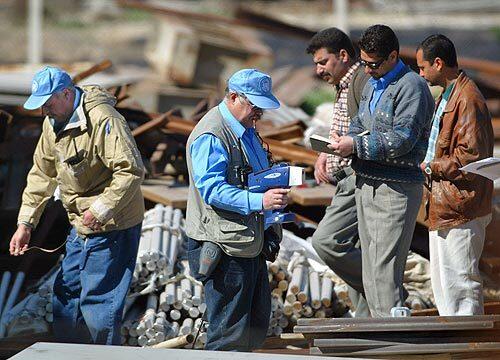
On Feb. 5, 2003, hours before U.S. Secretary of State Colin L. Powell addressed the United Nations, weapons inspectors, left, and members of the Iraqi National Monitoring Directorate investigated storage facilities at Tuwaitha, the main site of Iraqs former nuclear weapons program in Baghdad. (David Guttenfelder / Associated Press)
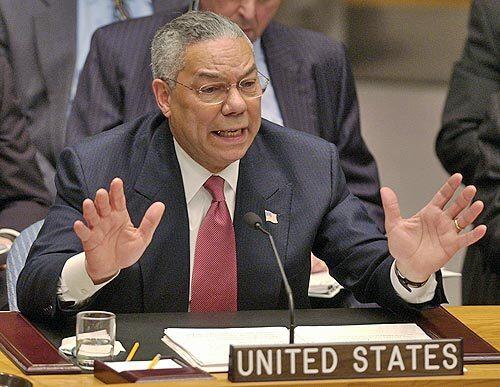
A pivotal moment in the run-up to the war was Secretary of State Colin L. Powells address to the United Nations on Feb. 5, 2003. Powell said the CIA assured him the evidence, much of it based on Curveballs accounts, was solid, but Powell in 2005 said the case “has totally blown up in our faces.” (Elise Amendola / Associated Press)
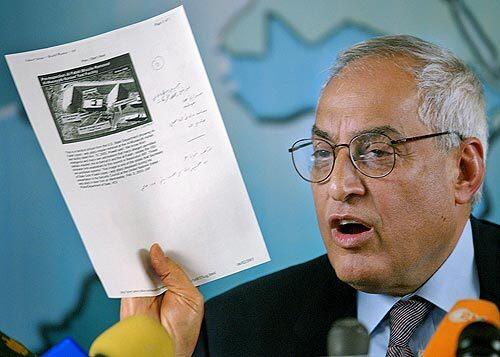
Gen. Amir Saadi, an advisor to Iraqi President Saddam Hussein, said that Powells U.N. speech was a stunt, and he denied that the country had an illegal weapons program. (Hussein Malla / Associated Press)
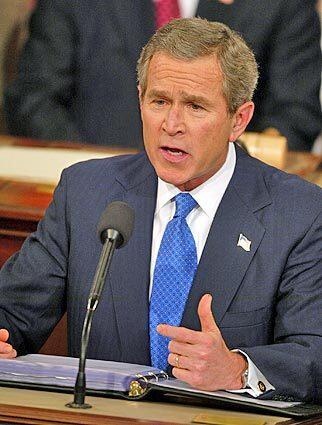
President Bush used information from Curveball to charge in his 2003 State of the Union address that Iraq had “mobile biological weapons labs” designed to produce “germ warfare agents.” He was wrong. (Ron Edmonds / Associated Press)
Advertisement
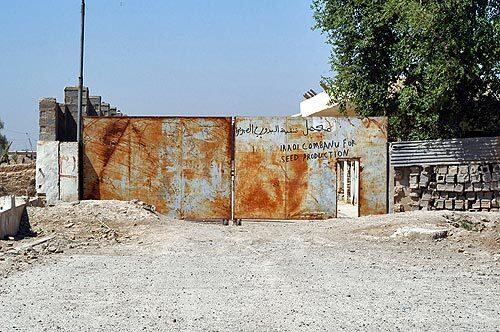
U.N. inspectors searched this now-abandoned grain-handling facility in Djerf al Nadaf, where Curveball had said he helped install equipment on trucks to make biological agents. On Feb. 8, 2003, inspectors found corn but no evidence of any germs. “No threat agents detected,” one wrote in his computer journal. (Saad Khalaf / Los Angeles Times)







